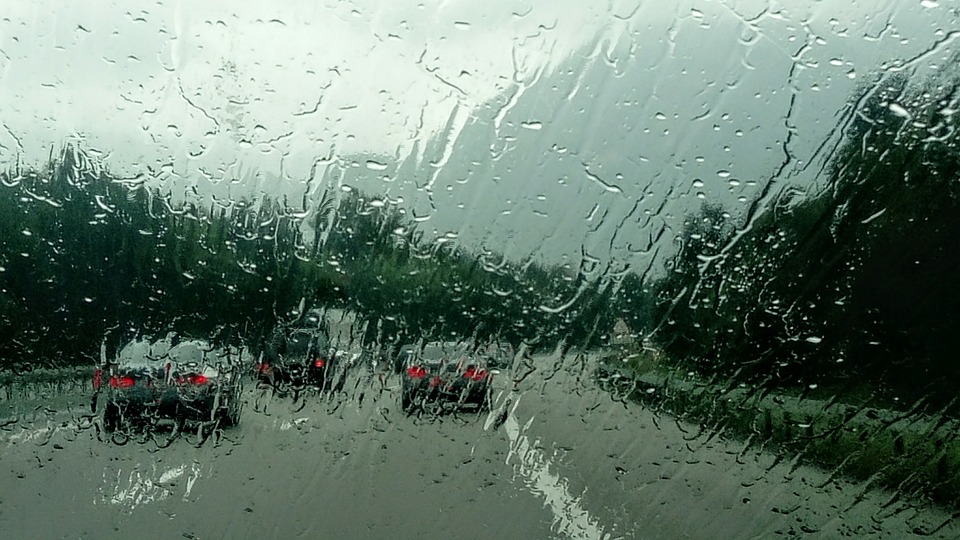Back to Basics
This is a blog written by Ryland Potter, Director of Business Development at W.D.M. USA Limited. Click here to read more about Ryland.
I recently spent a month at WDM’s Wellington, New Zealand office learning about how the New Zealand Transport Agency (NZTA) implements its world-class skid resistance management program.
Wet weather is a given in New Zealand, so while I can post sunny photos like this:

50% of the time, it will look like this:
Image source left to right: Milford Sound (user BriYYZ, Wiki Commons); Rainy Window (user missbossy, CC2.0); MT Eden (user russellstreet, CC2.0)
Approximately 27-30% of all New Zealand’s fatal and serious crashes occur on wet roads. By comparison, in an average year, the U.S. calculates that 12-15% of all fatal crashes occur on wet roads, but those rates can vary greatly by state. In places like Oregon and Washington, wet road fatalities represent up to 25% and 22% of total fatalities, respectively.
NZTA’s basic principles are simple. Wet weather has a direct relationship with decreased skid resistance and increased crash rates. On an annual basis, NZTA uses continuous friction measurement equipment to test skid resistance (friction and macrotexture) across its entire highway network. The survey identifies sections where action may be required and trends that may presage future maintenance needs. Location and safety prioritizations are laid out in accordance with NZTA’s skid policy. And, in recent years, ring-fenced funding for safety interventions has ensured that top regional safety needs can be met, according to Dave Whitehead, NZTA Senior Pavements Engineer.
The T10 skid policy, which governs program implementation and prioritizes safety interventions, is a living document led by National Pavements Manager John Donbavand. John has refined New Zealand’s policy over the years as WDM’s SCRIM® vehicle surveying has delivered new learning about the network. At its core, however, the goal of New Zealand’s skid resistance program remains unchanged – saving lives on New Zealand roads.
SCRIM® technology has allowed NZTA to focus on addressing safety gaps on rural roads, on horizontal curves, and at critical junctures, like intersections and rail level crossings. Based on NZTA’s analysis, increasing skid resistance reduces wet road crash rates by 30% on average. Moreover, increasing skid resistance has also led to a 20% reduction in dry road crash rates in New Zealand.
In brief, when we get back to basics by measuring the level of skid resistance on our roadways and taking steps to provide skid resistance, we save lives. That’s a positive outcome that no rain can dampen.

Read more at:
NZTA T10 Highway Skid Resistance Management Specification
Agencies Collaborate to Focus on Road Safety
Share this






